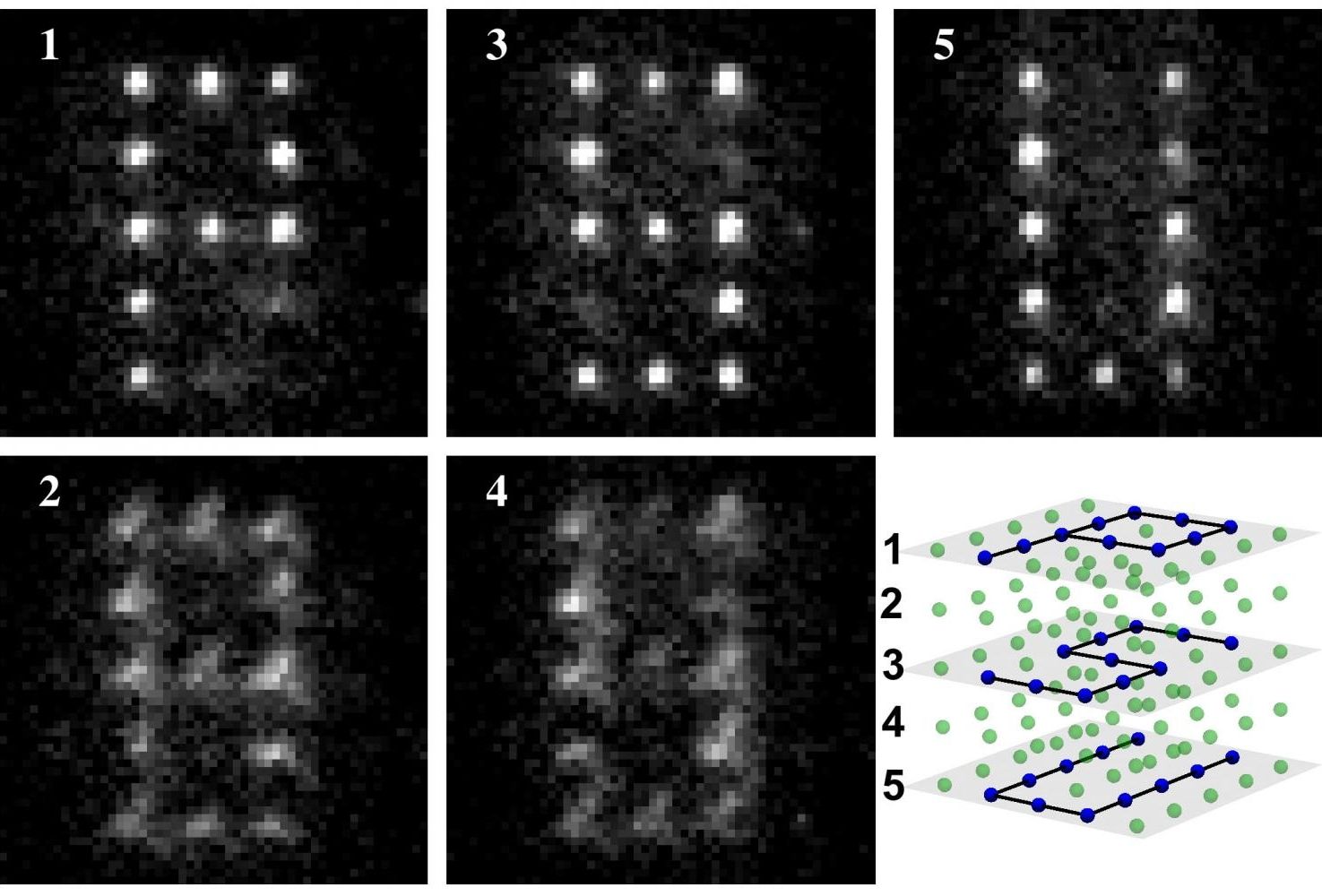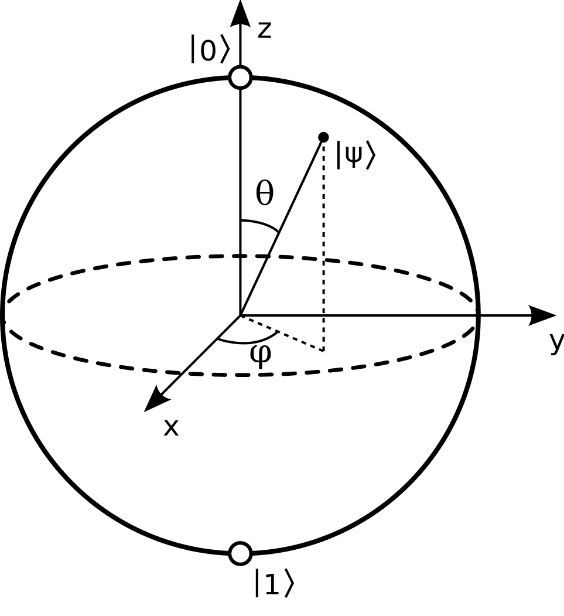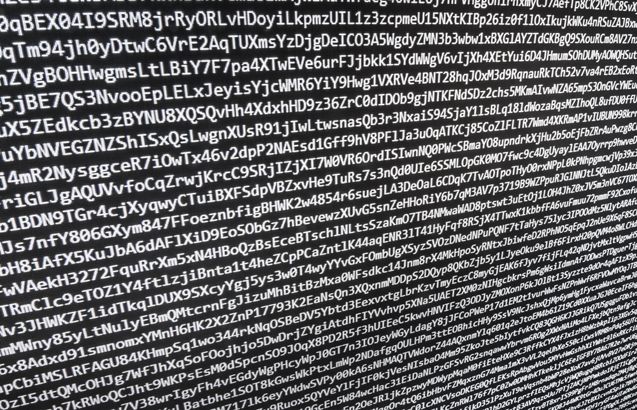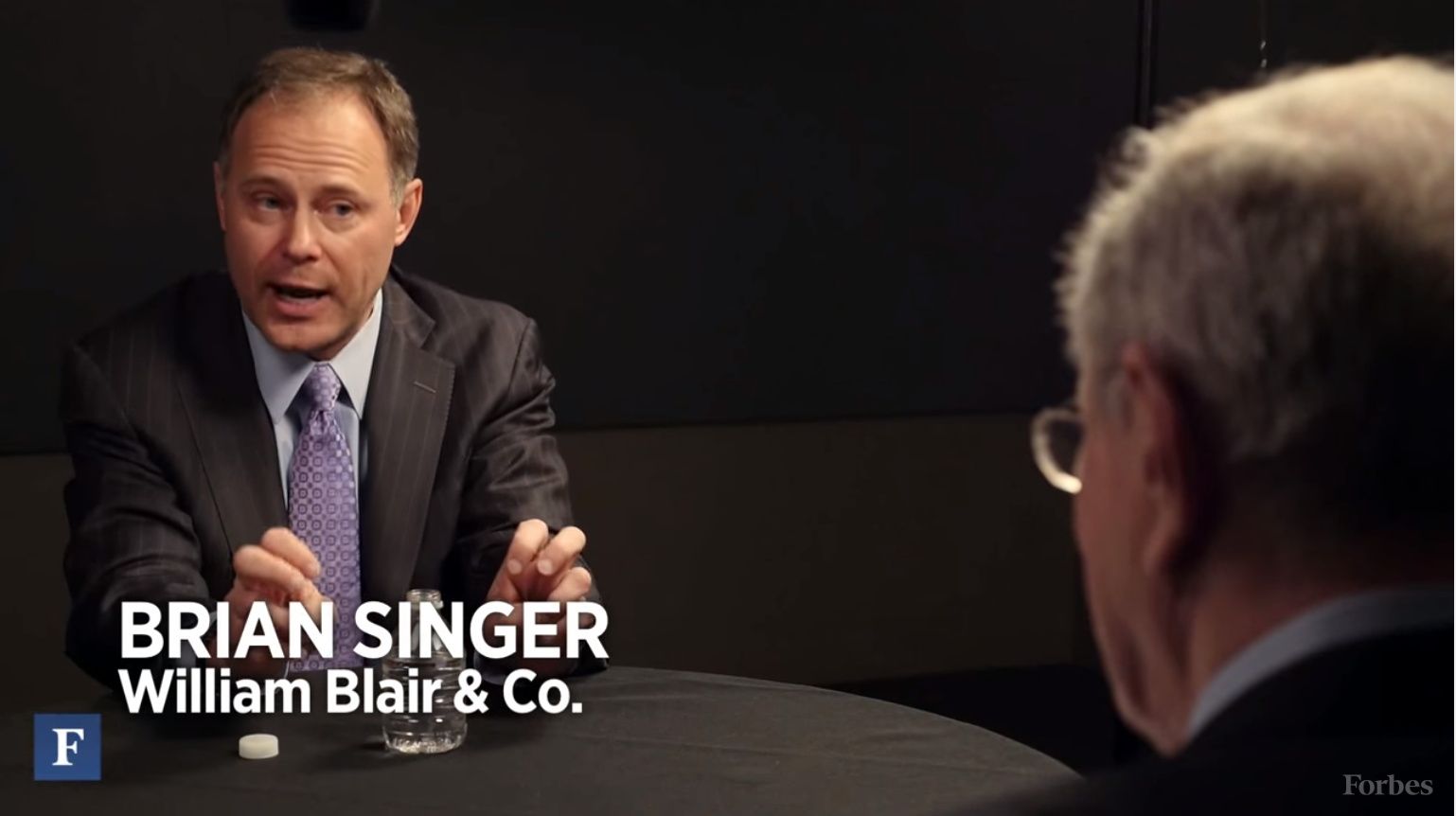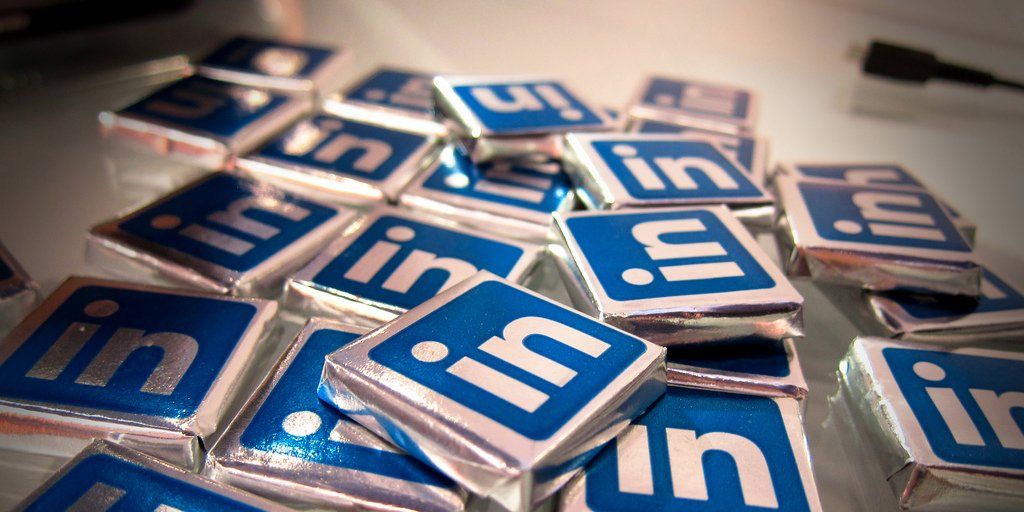Get ready.
China will launch the world’s first quantum satellite next month to demonstrate a series of advanced technologies such as hacker-proof communications and quantum teleportation.
Ground testing and quality checks on the satellite had finished at the Chinese Academy of Sciences, and it would depart for the Jiuquan Satellite Launch Centre in Inner Mongolia early this month for a launch aboard a Long March 2D rocket in the middle of next month, according to a report on the central government’s website posted on Friday.
The project has drawn attention from scientists and governments around the world because it could provide solutions to some significant problems. With the rapid advancement of quantum technology in recent years, it is widely believed that quantum computers will soon be available but such a computer would be so powerful, it could crack every encryption method currently in use.

